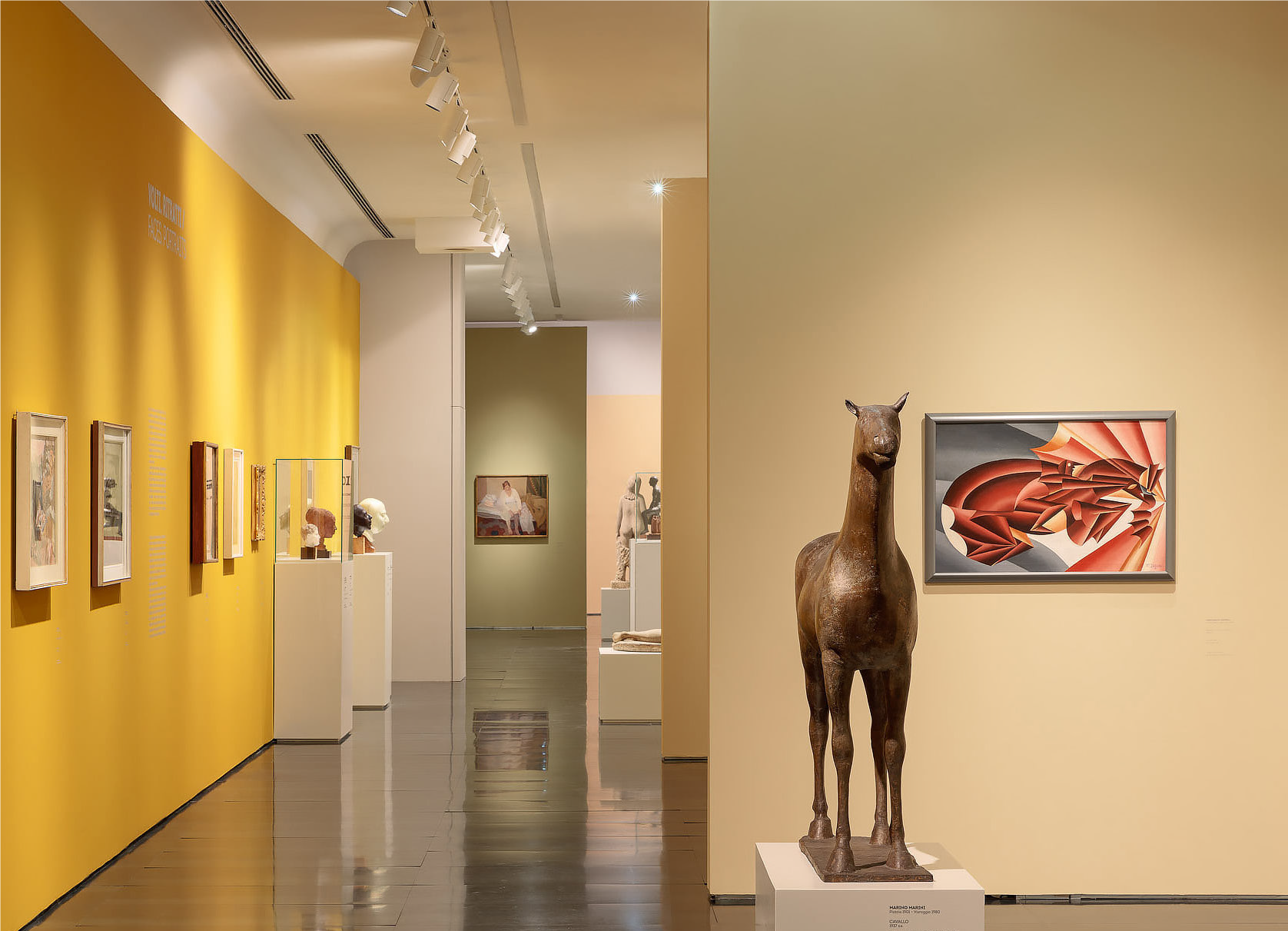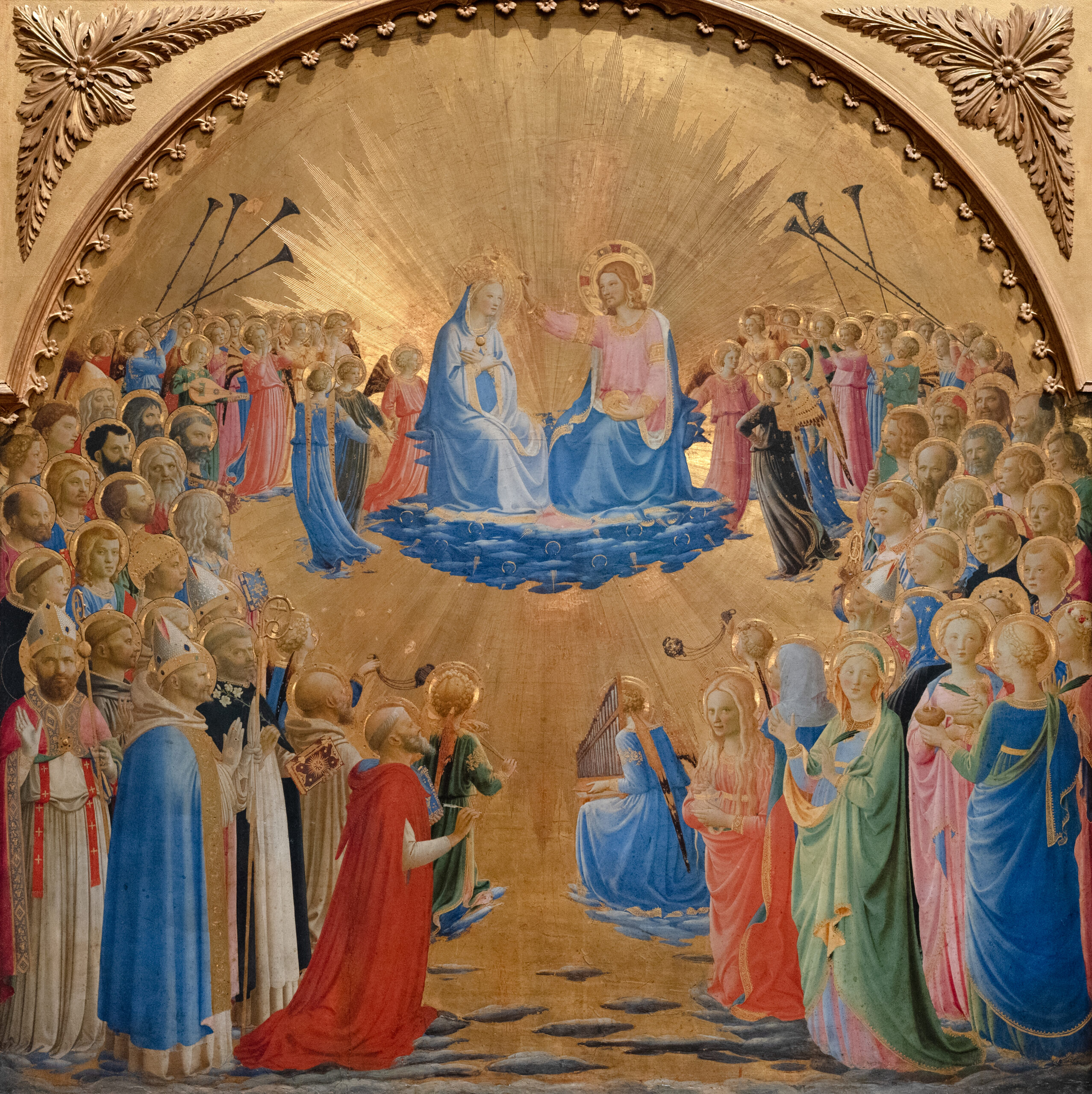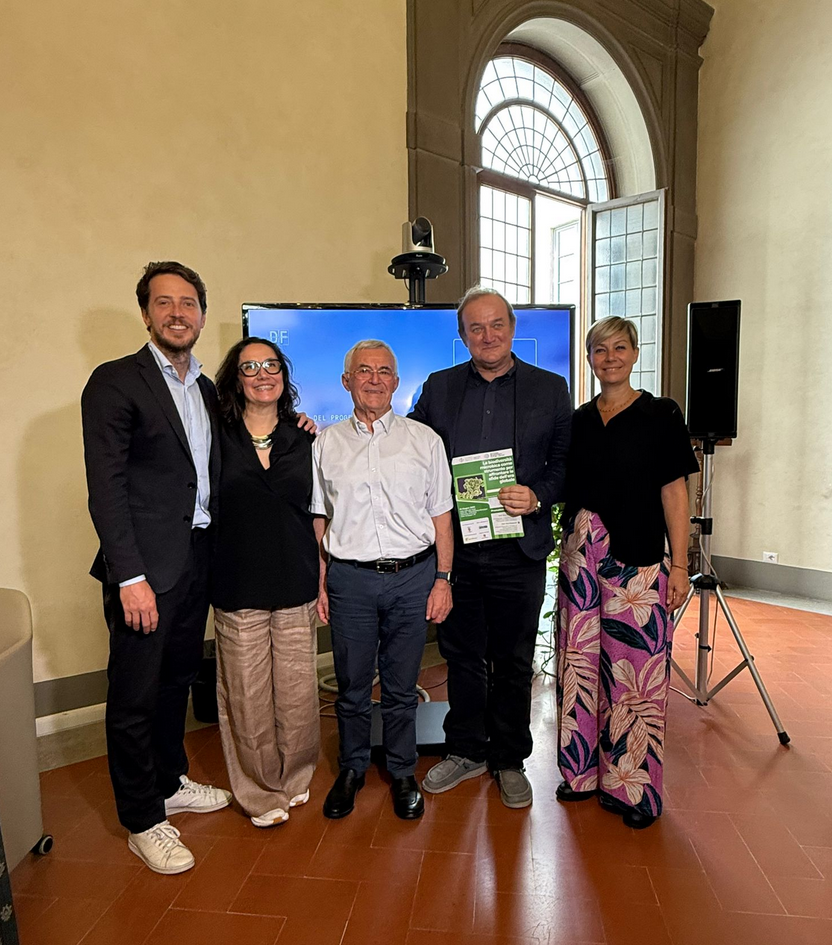The two main collections in the museum are those gifted by Alberto Della Ragione and the legacy of Ottone Rosai. Della Regione was moved to give over 241 paintings and sculptures to the city in 1969 following the devastating flood in Florence in response to an appeal by art historian Carlo Ludovico Ragghianti to local and international artists, asking them to donate works to replace those lost. Over 200 artists responded, including Alberto Della Ragione, with the pieces finding their home in the new international museum of contemporary and modern art after having spent years in storage. The invaluable donation brought notable pieces to the museum by artists such as Filippo de Pisis, Giorgio Morandi and Renato Guttuso. The other impressive permanent collection in the museum dates to 1963, when an important body of work by Ottone Rosai was donated to Florence by the artist’s widow, Francesca Fei, and brother, Oreste. The master of 20th-century Tuscan art blended harsh realism with expressionist techniques, creating an intriguing style.
On entering the museum, your attention will be drawn to Maurizio Nannucci’s Everything Might be Different neon installation in the inner courtyard. Other prominent works include Giorgio de Chirico’s Les bains mystérieux, Mario Mariotti’s silent black-and-white short XX, and Giorgio Morandi’s oil on canvas, Still Life. A visit to the museum is an immersive experience as works vary from paintings and sculptures to videos, installations and documents, with the addition of multimedia stations, sound devices and video rooms presenting a comprehensive means to explore 20th- century art.
Under the artistic direction of Sergio Risaliti since 2018, the art historian and curator has brought great variety with a vast number of temporary exhibitions. The recently inaugurated exhibition dedicated to Jenny Saville is a multi-sited showcase of works by the great British artist. On display until February 20, 2022, figurative yet abstract works dialogue with the European pictorial tradition in a unique engagement with both the historical and the contemporary. Works are spread between the Museo Novecento, Palazzo Vecchio Museum, Opera del Duomo Museum, Museo degli Innocenti and the Casa Buonarroti Museum. Masterpieces of the Italian Renaissance are even identifiable in the works that grapple with formal and gestural depictions of central figures, with traces of Pablo Picasso and Francis Bacon perceptible.











